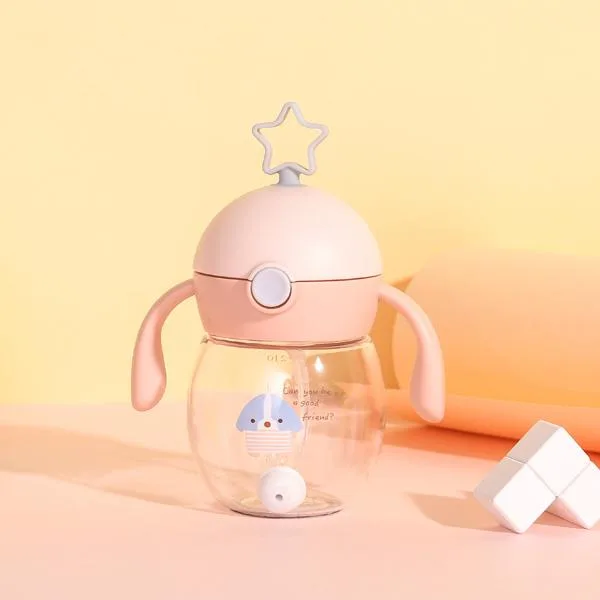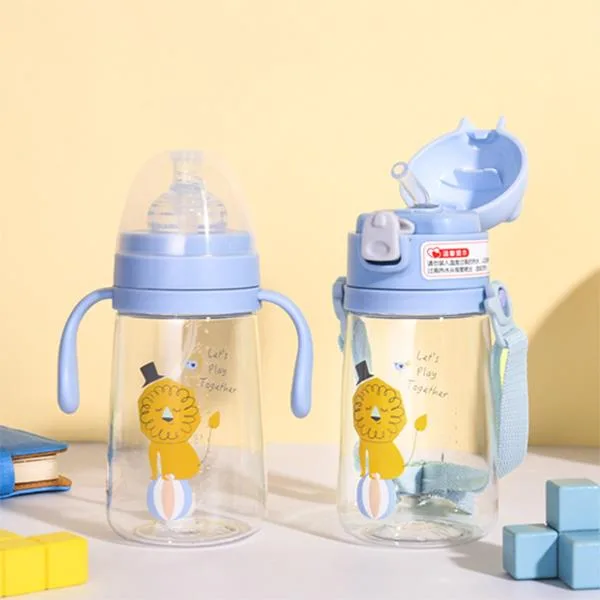Tritan, one of the materials in Children water bottle, do you know it?
Tritan, full name: Tritan Copolyester, It is a new generation copolyester developed by Eastman Company. Due to people's pursuit of quality of life and health, the environmental protection requirements of plastic raw materials in the market are also increasing day by day.
For example, BPA (bisphenol-A) is produced by hydrolysis of PC.
Recent studies have shown that long-term intake of trace BPA by humans (including animals) is likely to have adverse effects on the reproductive system and destroy the gender balance. Therefore, PC has been restricted or banned in some countries and regions.
Facing the pressure of environmental protection, manufacturers are looking for materials to replace PC. It is against this background that Eastman developed a new generation of copolyester Tritan.
Security of Tritan
Tritan has passed FDA certification (Food Contact Notification (FCN) No. 729) of the Food and Drug Administration of the United States to specify materials for infant and child products in Europe and the United States.
According to the national standard GB-4806.6-2016 of the People's Republic of China, which was implemented on April 19, 2017, it was approved as a plastic resin for food contact. Its chemical name is dimethyl terephthalate and 1, 4-cyclohexanedimethyl alcohol, 2,2,4,4-tetramethyl-1, 3-cyclobutanediol polymer, modified PCT under Chinese name, CAS No. 261716-94-3, approved for use in environments not exceeding 100C.
No BPA
Tritan has no BPA component in the polymerization process. BPA will not be released during use, which meets the requirements of environmental protection and FDA.
Clear and transparent
Light transmittance > 90%, mist < 1%, with crystal luster.
Excellent resistance to chemical and hydrolysis.
Tritan can resist corrosion of detergents, detergents, hydrocarbon solvents, Oils and perfumes. It can resist hydrolysis in damp and hot environment.





